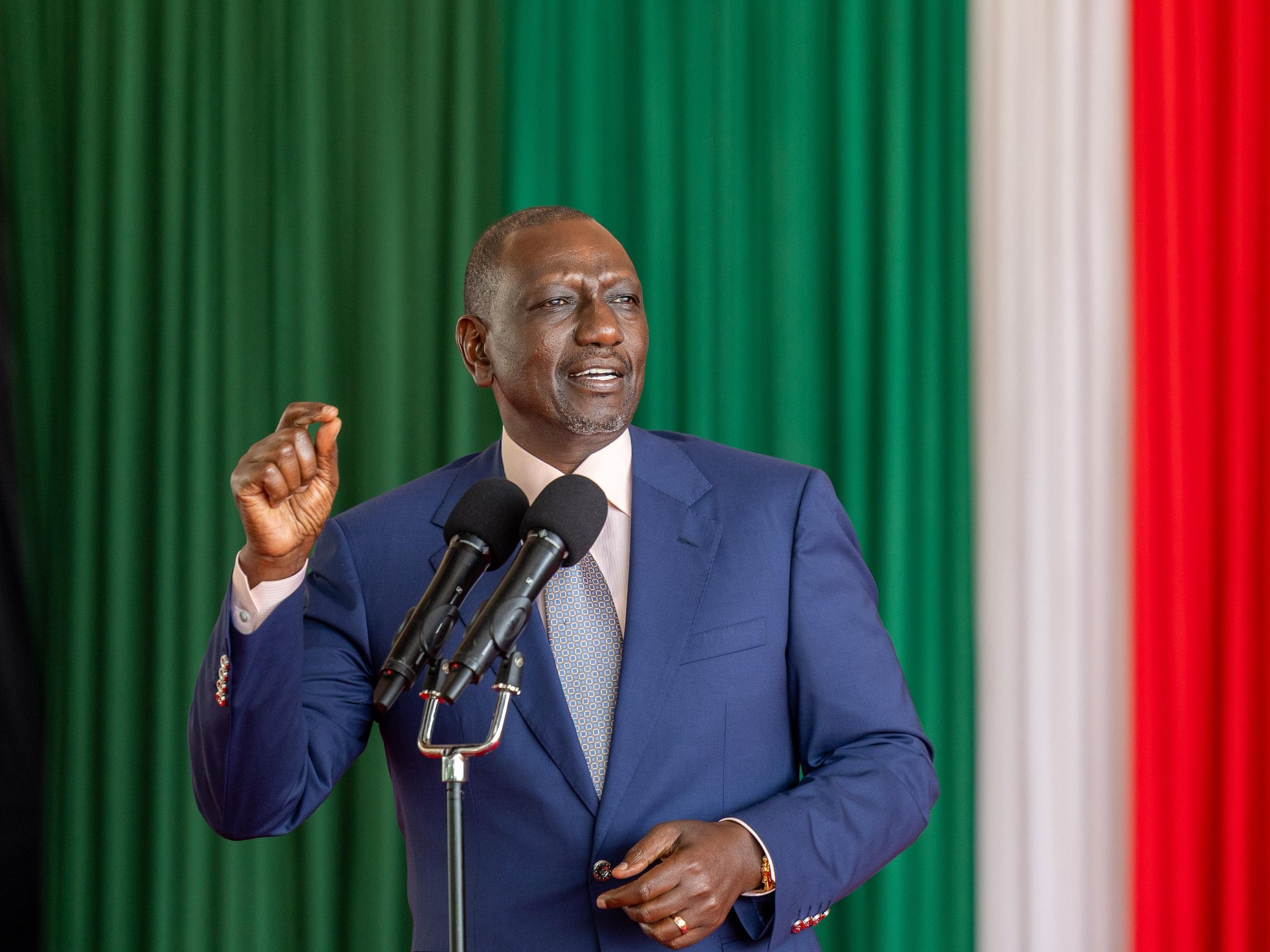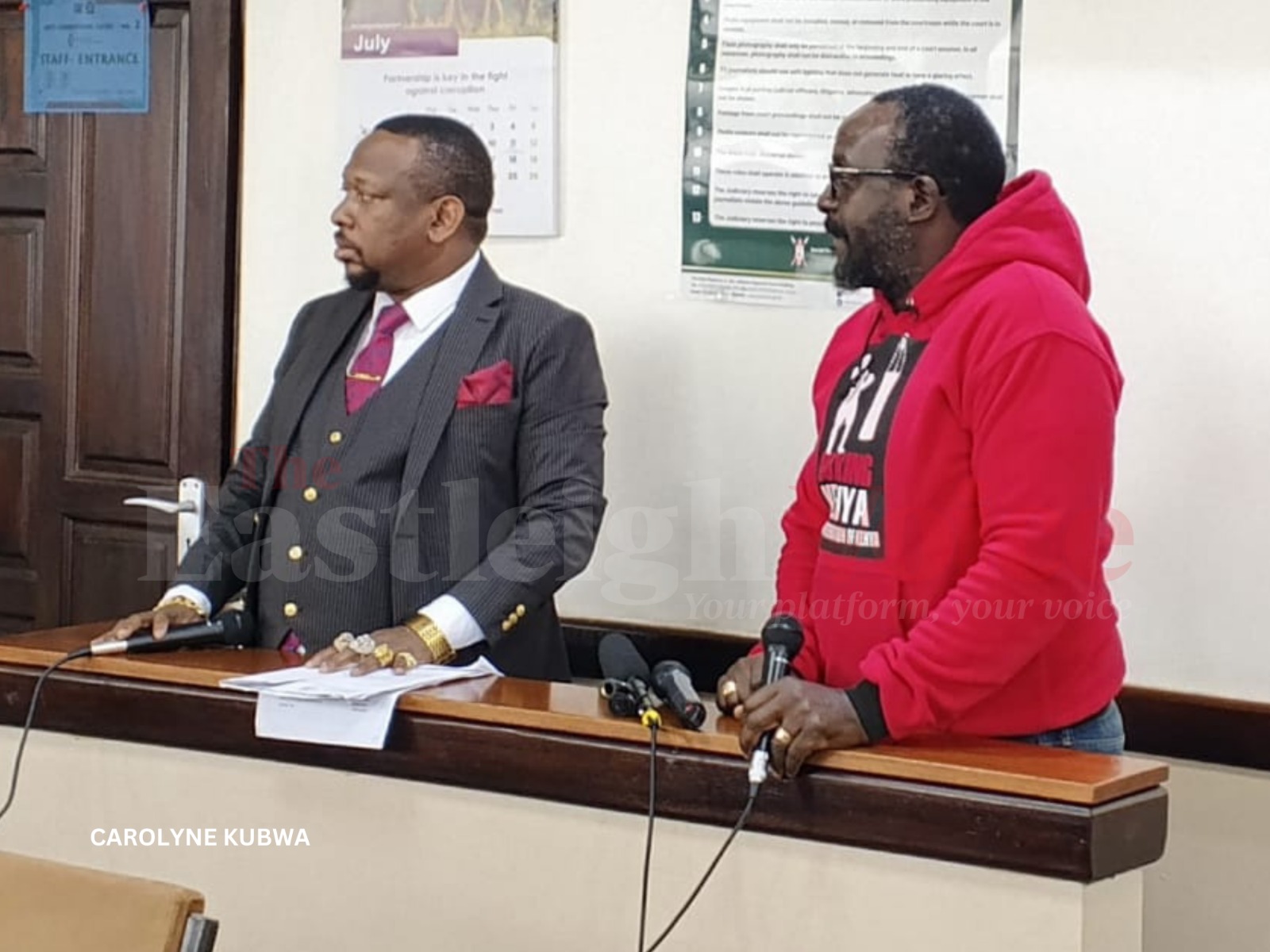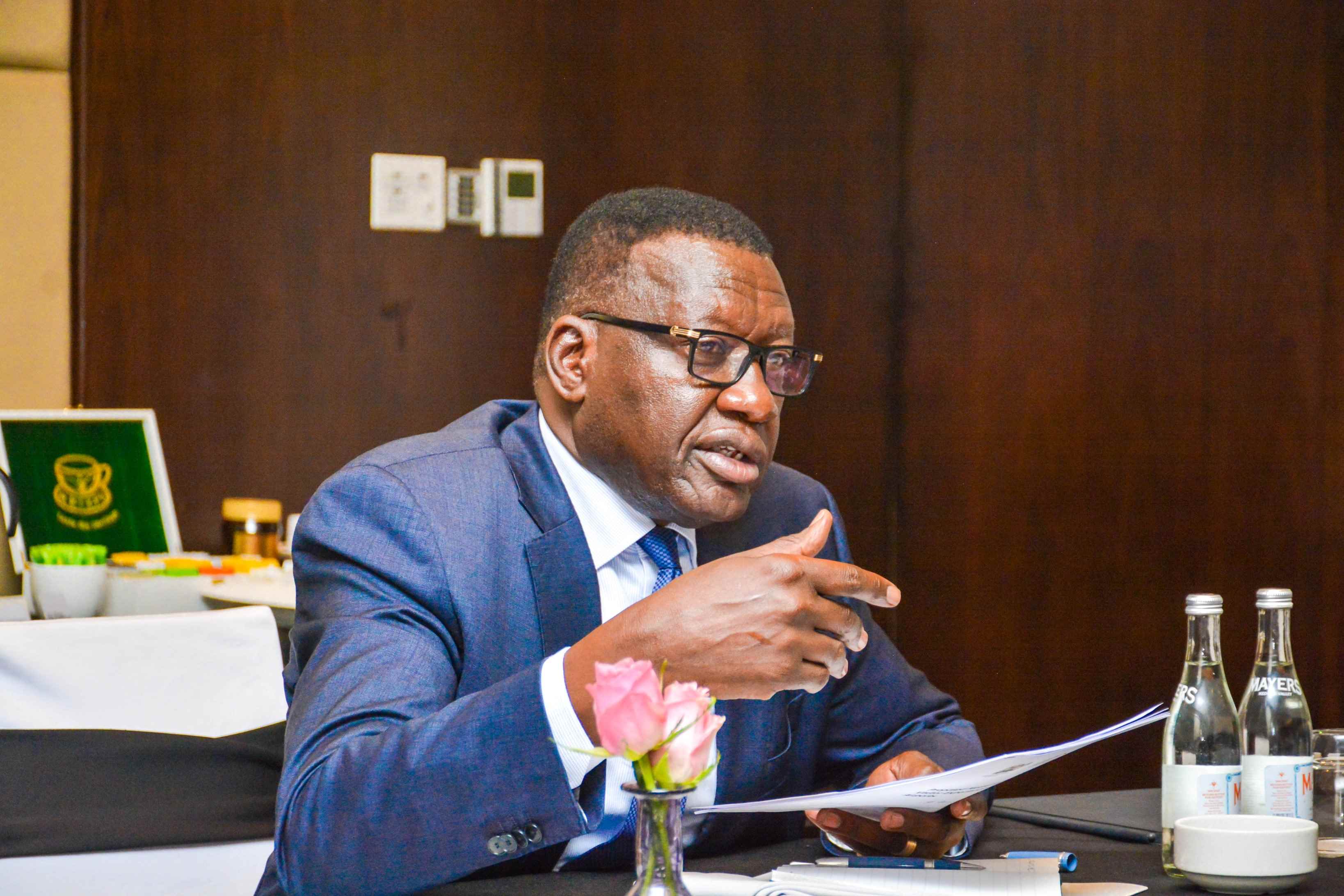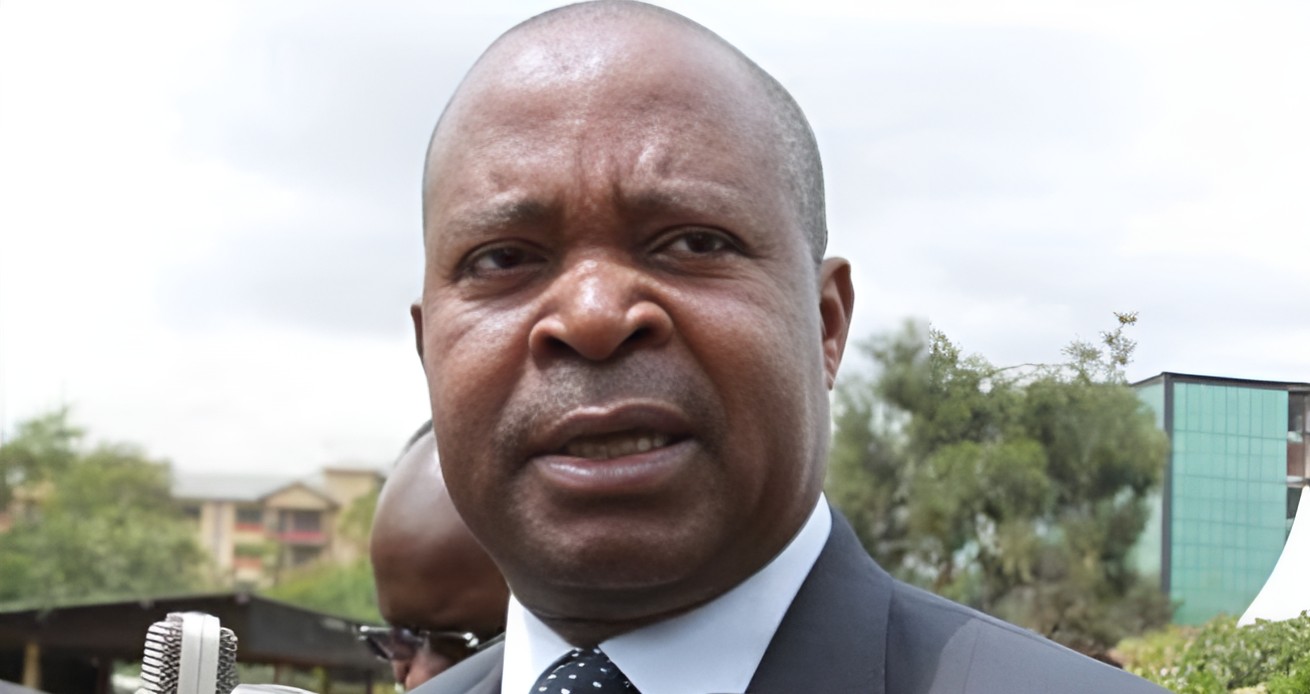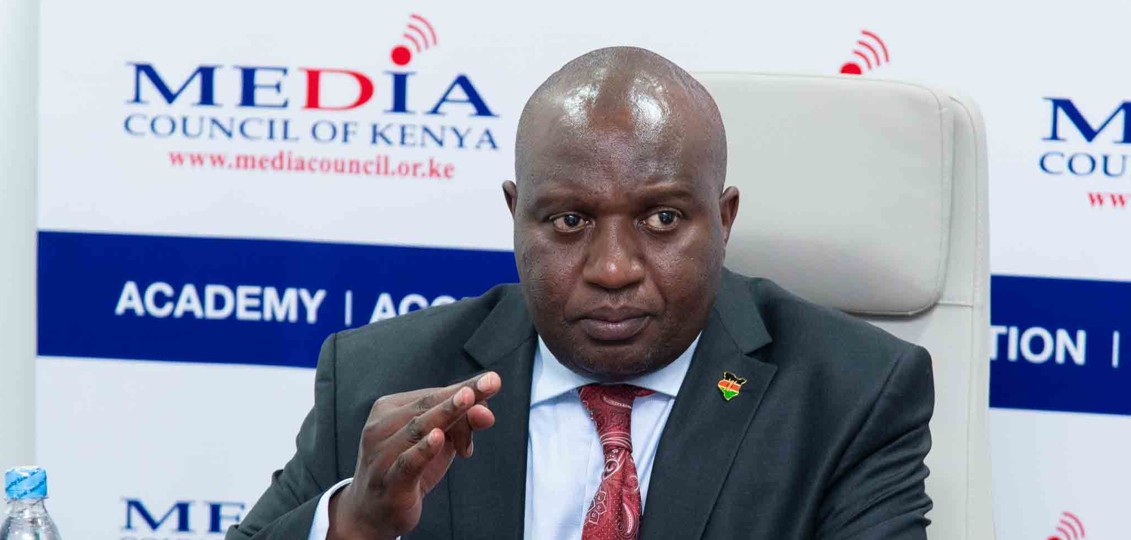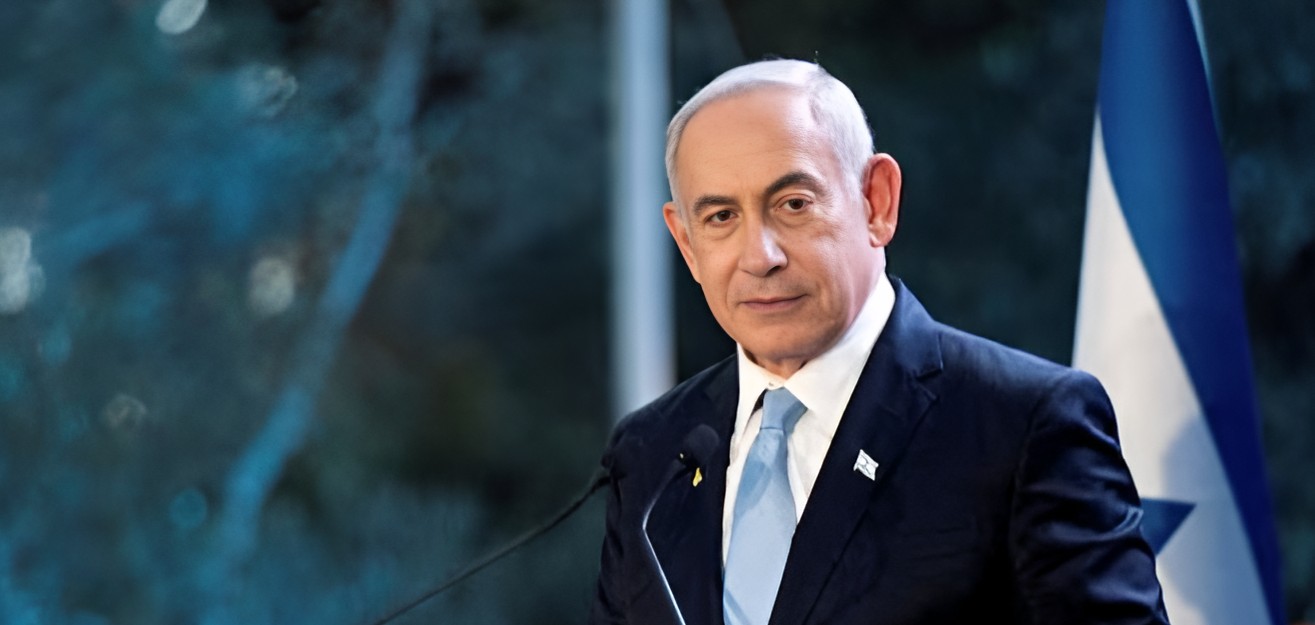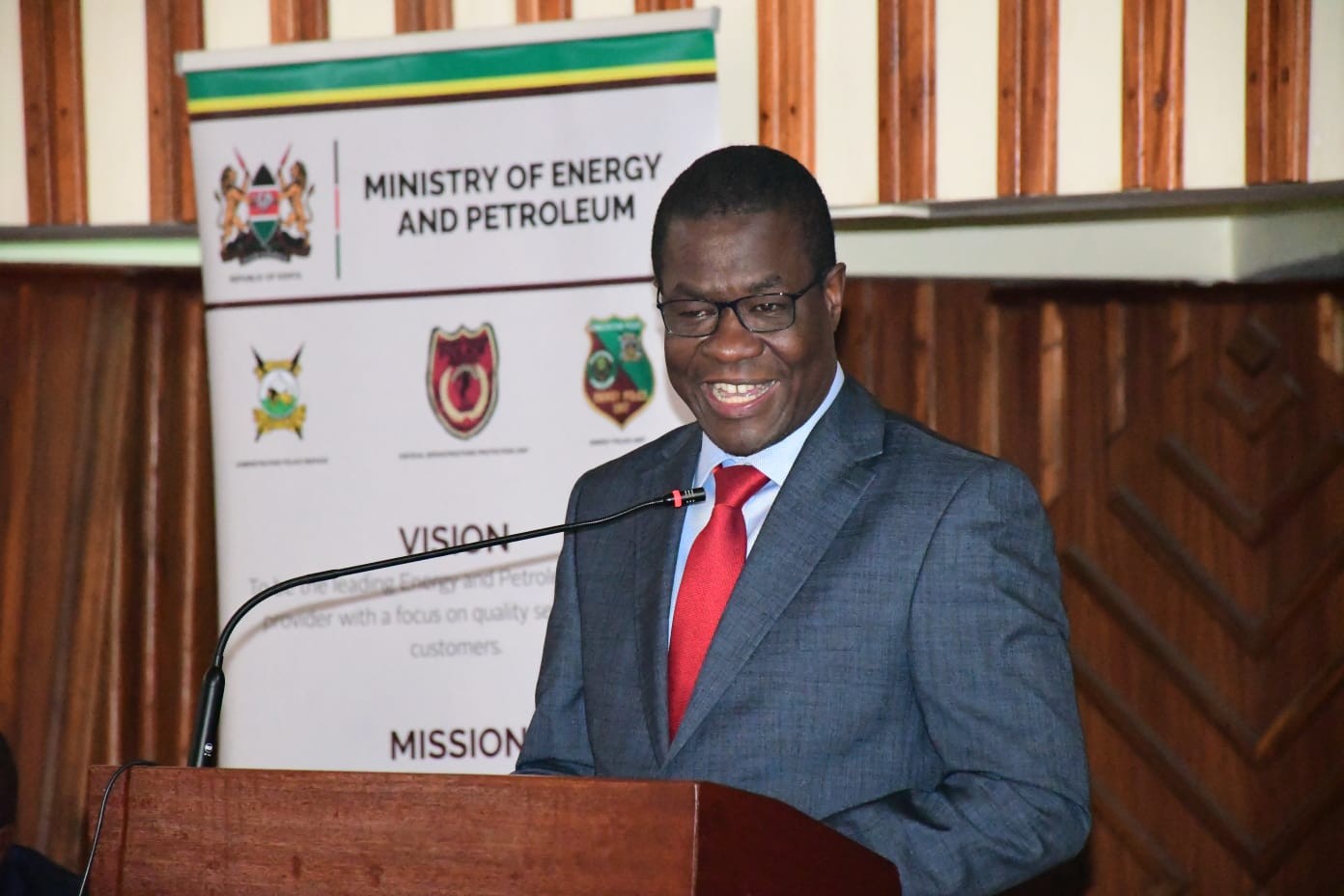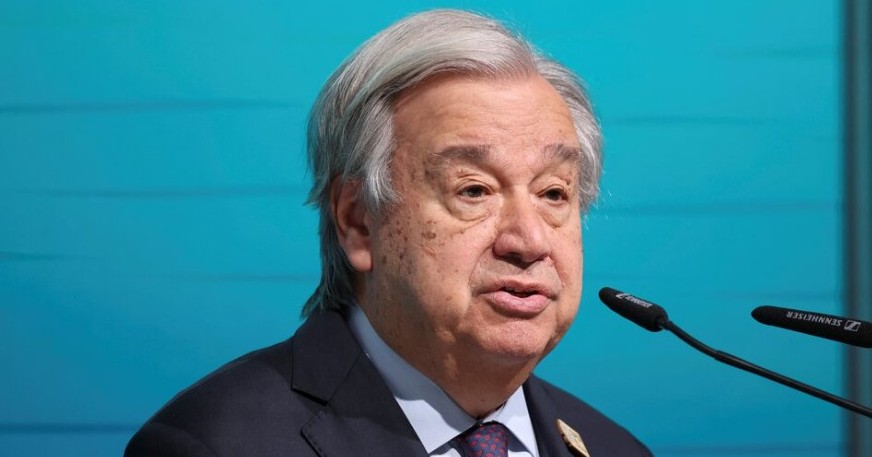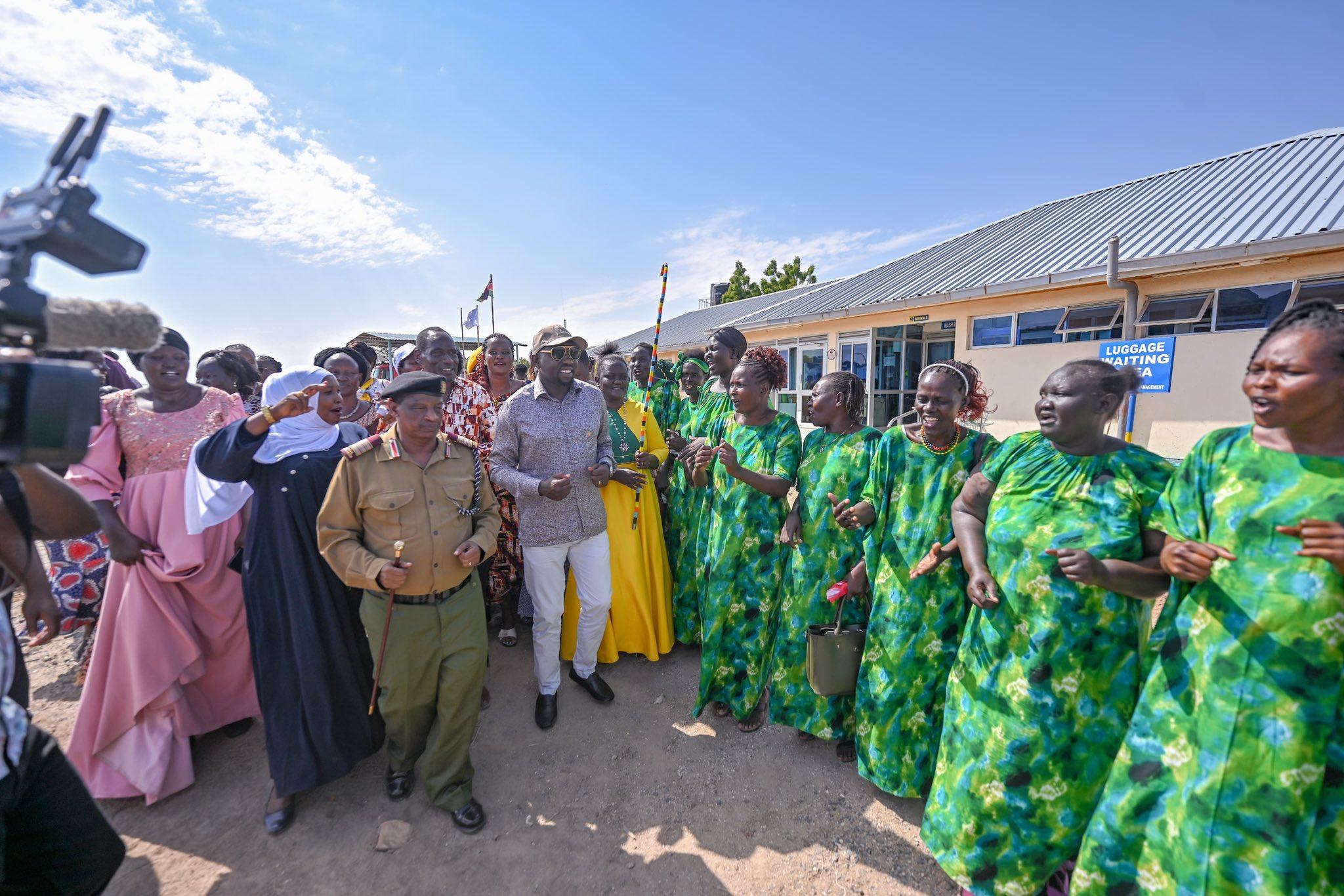Understanding Kenya Power’s tariff categories and how they affect your token amount
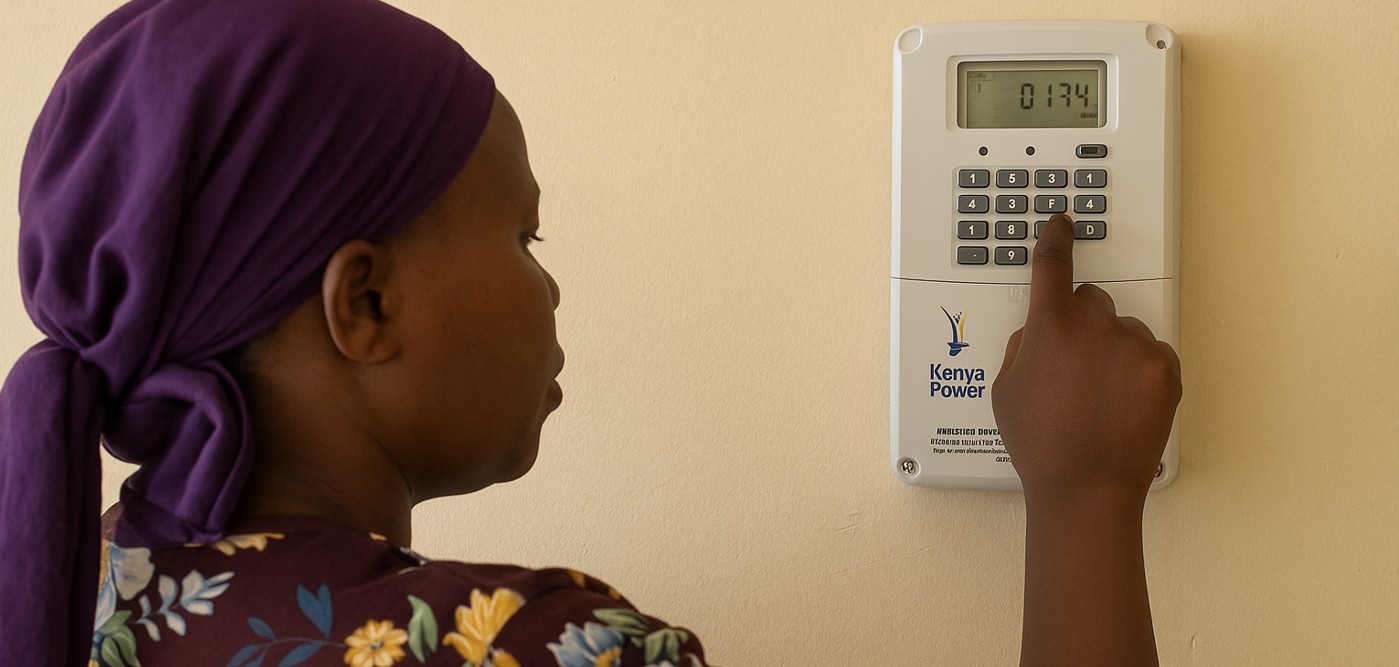
The power utility company is now urging customers to familiarise themselves with how tariff grouping works to better manage their electricity costs.
Have you ever bought electricity with the same amount of money, only to receive fewer tokens than before?
According to Kenya Power, this may be due to the tariff category you fall under—something determined by your average electricity consumption over three months.
More To Read
- Sh274 million consultant payment sparks probe into Kenya Power’s last-mile project
- Senator Sifuna demands probe into Kenya Power for billing unconnected Nairobi residents
- CSs summoned by MPs over Kenya Power's Sh30 billion debt, high electricity costs
- KNH invests Sh7.6 million in solar energy to lower electricity bills
- Kenya Power spent Sh151.7 billion, including billions on idle power, to guarantee supply – Wandayi
- Kenya leaps to top of Africa’s electricity regulation index, matching Senegal
The power utility company is now urging customers to familiarise themselves with how tariff grouping works to better manage their electricity costs.
Kenya Power classifies domestic customers into three main categories: Domestic 1, Domestic 2, and Domestic 3.
These groups are based on the amount of electricity consumed within a calendar month, and each category is charged a different rate. This, in turn, affects the number of units or tokens you receive when you purchase electricity.
Domestic 1 customers, also known as lifeline customers, are those who consume 30 units or less per month. They benefit from a subsidised rate of Sh12.23 per unit, before taxes and levies are applied.
“This lifeline tariff is designed to make electricity accessible for households with minimal power needs,” Kenya Power says.
Monthly usage
To remain in the low-cost Domestic 1 category, customers must consistently keep their monthly electricity usage below 30 units. This allows households with minimal power needs to access affordable electricity and manage their bills more effectively.
Customers who consume between 31 and 100 units per month fall under the Domestic 2 tariff. They are charged Sh16.45 per unit, excluding taxes and levies. While this rate is higher than that of Lifeline customers, it remains lower than the charges under the next category.
The third group, Domestic 3, covers households that use between 101 and 15,000 units monthly. This is the highest tariff band, with a rate of Sh19.02 per unit before taxes and levies are added.
Average consumption
Kenya Power has clarified that tariff classification is not based on a single month’s usage. Instead, the company calculates the average consumption over three consecutive billing cycles to determine which category a customer falls into.
“Your tariff category is calculated based on your average consumption over three consecutive months, not just your current month’s usage,” Kenya Power adds.
This system means that a customer could continue receiving fewer tokens even after reducing their usage in a single month, if their three-month average still places them in a higher tariff group.
To make the most of affordable electricity rates, Kenya Power advises customers to be consistent with their consumption levels. Falling within the lifeline bracket could lead to substantial savings for households that use minimal electricity.
The company urges all its customers to pay close attention to their consumption patterns and to understand the implications of the tariff system to avoid surprises when purchasing tokens.
Top Stories Today


